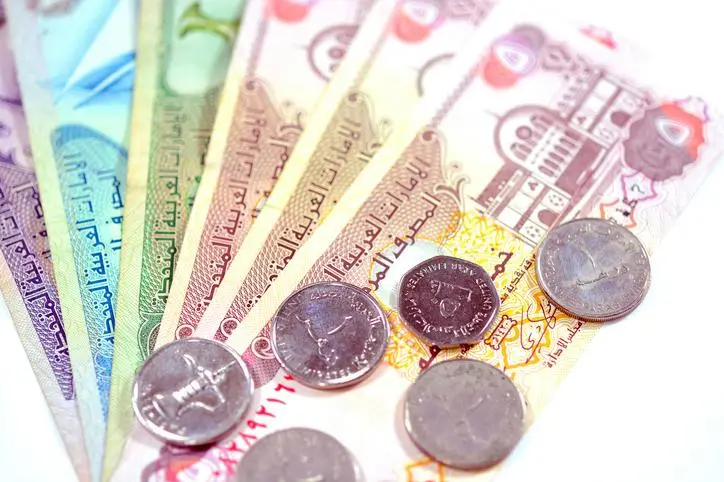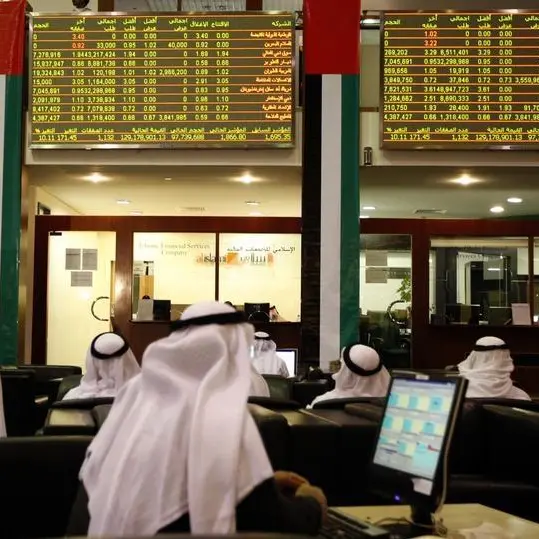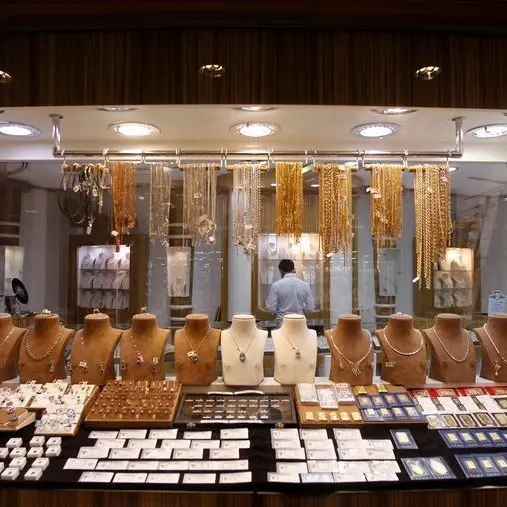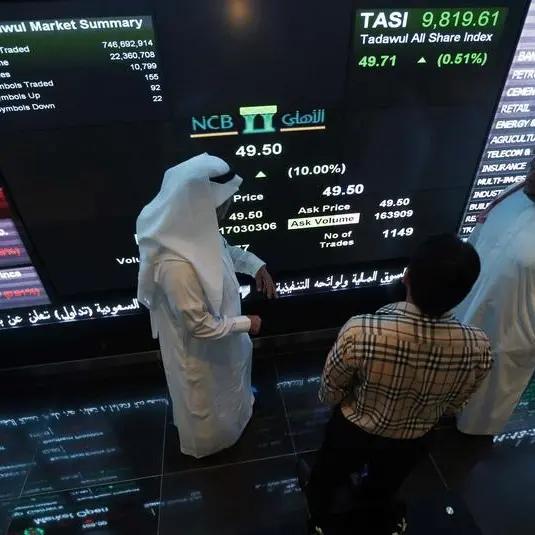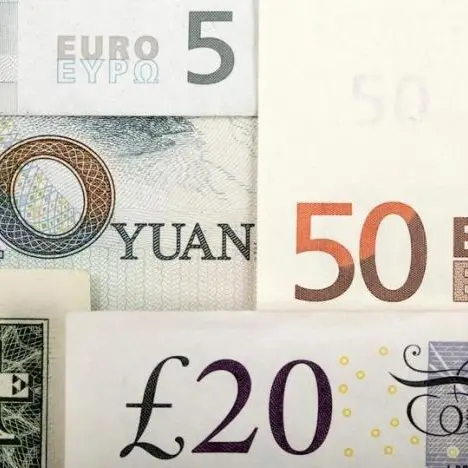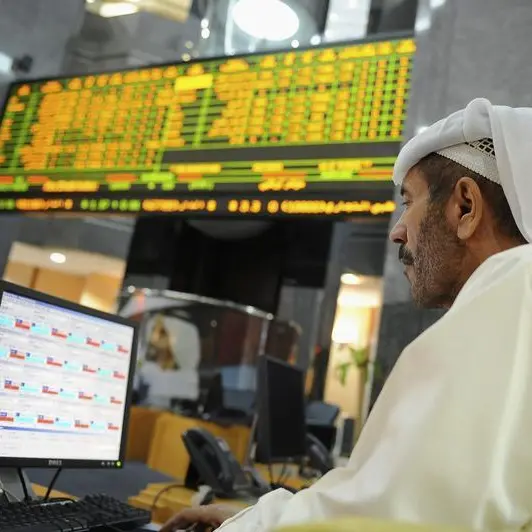PHOTO
Gulf sukuk and bond issuance could set another annual record this year as government institutions again turn to debt to help meet budget shortfalls, although elevated geopolitical risk and imminent interest rate rises will make borrowing more expensive.
Emirates NBD, Dubai’s largest bank, expects Gulf Cooperation Council (GCC) entities to issue $75 billion to $100 billion in fixed income this year.
This figure could be boosted by banks seeking to bolster their capital buffers in response to tougher new banking rules and companies using debt to fund expansion as economic growth accelerates. Moreover, around $31 billion of maturing bonds will require refinancing.
Last year, GCC bond and sukuk issuance reached an all-time high of $84.9 billion, up from $72.1 billion in the previous year and $25.9 billion in 2015, according to Emirates NBD, as the lower-for-longer oil price era led Gulf governments to sell debt to meet spending shortfalls. Those dynamics are again in play this year, although with Brent crude prices recovering to more than $60, state deficits are shrinking.
“This year should be a very good year for the issuance of GCC paper,” said John Sfakianakis, director of economic research at the Gulf Research Center in Riyadh. “Gulf governments’ needs are immediate and so might go out into the market far more actively than expected.”
S&P Global Ratings offers a more muted outlook, estimating 2018 Gulf sovereign debt issuance will fall by 15 percent versus a year earlier.
“The stabilisation of oil prices together with the policy response has reduced governments’ financing needs, which is why we think issuance will drop,” said Dr. Mohamed Damak, senior director at S&P Global Ratings.
Bull tamed?
Rising treasury yields in the United States have prompted widespread concerns among traders that the 30-year bond bull market could be ending, but even if that was to happen, the effects could be benign for Gulf issuers, said Philipp Good, chief executive of Switzerland’s Fisch Asset Management, which has invested in fixed income issued by DP World, Qatar National Bank, Commercial Bank of Qatar, Union National Bank, First Abu Dhabi Bank and Kuwait Projects Co (KIPCO).
“Whether it’s coming to an end really has yet to be proven,” said Good. “We’ve seen a little bit of a rebound, but where will yields go? It’s too early to say. We don’t share the view that U.S. yields will jump and therefore we remain positive on the outlook for GCC fixed issuance.”
U.S. 10-year treasury yields were at 2.90 percent as of March, Reuters reported. Among the Gulf’s 10-year sovereign bonds, Saudi Arabia offers a yield of about 4 percent, Kuwait 3.75 percent and Abu Dhabi 3.8 percent.
“These yield levels are sustainable for local issuers. It’s an attractive level,” said Good.
Rate rises?
A source of jitters among bond traders are expectations for three U.S. rate hikes in 2018, which will boost U.S. treasury yields and depress bond prices. Higher-than-expected U.S. inflation could lead to faster rate hikes and constitutes the biggest risk for Gulf bonds in 2018, said Anita Yadav, Emirates NBD head of fixed income research.
With the Fed broadly expected to raise interest rates by 75 basis points this year and the European Central Bank scaling down its asset purchasing program, international liquidity – part of which has been channelled into Gulf debt – is likely to shrink and become more expensive.
Five of the six GCC currencies are pegged to the dollar, so all the Gulf countries except Kuwait will have to mirror U.S. interest rate rises, making borrowing more expensive locally.
“The market has already priced 3-4 U.S. rate hikes this year into the yield curve. The only surprise could be if there are less rate hikes than expected,” said Good. “If U.S. yields jump to 4-5 percent, far above expectations, it would be a different story, but there’s no indication that’s going to happen.”
Sovereign dominance
Of the $274 billion of outstanding Gulf bonds, 52 percent is from sovereign issuers, 32 percent from companies and banks that are majority government-owned and 16 percent from the private sector, Emirates NBD estimates.
Sovereigns and quasi-sovereigns will continue to dominate debt issuance, said S&P’s Damak.
“We are seeing some private companies trying to make their way to the market in 2018, whether with bonds or sukuk, but we don’t think the proportion of private to sovereign issuance will change markedly,” he said.
The decline in oil prices led Gulf sovereign credit ratings to fall by around two notches because of the region’s heavy reliance on energy receipts. Hydrocarbon-related activities account for 25-60 percent of gross domestic product (GDP), 60-90 percent of government revenues and 75-90 percent of exports for the six GCC states, Emirates NBD estimates.
The downgrades led to Bahrain losing its investment grade status, while Oman is on the cusp of doing so.
“It becomes significant the moment you slip to high yield, because you’re now talking to a different type of international investor. For local investors, downgrades don’t matter so much,” said Good.
Regional worries
The embargo of Qatar by its former allies Saudi Arabia, Egypt, Bahrain and the United Arab Emirates has elevated regional geopolitical risk and led Gulf bonds to underperform versus emerging markets last year.
“Previously, this was only a minor consideration for international investors, but is now at the forefront of concerns,” said Dr Damak. “Investors therefore want bigger compensation for the additional perceived risk and some of them could simply decide to walk away.”
Yet Gulf paper still attracted high demand internationally; in 2014 non-regional investors bought 20 percent of the Gulf’s $33.5 billion of bonds and sukuk issued that year. Now, international investors account for over 50 percent of bond and sukuk holders.
“While this readily available demand is supporting credit spreads somewhat, it is likely to make GCC bonds more volatile than before as risk appetite of international investors is generally more fickle,” said Yadav.
“The hunt for yield has seen capital from Asia and Europe being directed to the GCC region. Sovereign issuers are also consciously putting in efforts to ensure placements of bonds in international markets in order to preserve liquidity in local banking systems,” she added.
For international investors, Gulf fixed income is stable and relatively low-risk versus other emerging markets and so provides a good means to diversify their investments.
“Let’s say you invest in sovereign bonds worldwide, GCC issuance offers a real difference to those from Europe, for example,” said Good. “The compensation you get, currently 3.75-4.5 percent, for the credit quality you buy, we view as good.”
China listings
China’s ambitious “one belt, one road” development programme is leading the country to make itself more visible and accessible to regions that fall near that belt, evidence of which can be found in the world’s biggest bank, the Industrial and Commercial Bank of China (ICBC), listing two new bonds worth $1.4 billion on Nasdaq Dubai earlier this month. This has brought the total number of issues by the ICBC on the exchange to seven, and the total value to over $3.56 billion.
“There are many aspects to this. China wants to be more involved in the UAE because the UAE is a gateway to Africa,” said Yadav.
“The UAE has a central location and can facilitate increased trade for China, so Chinese banks want to be present in this region to fund that trade. Chinese banks also want to be in the Gulf because the region has a lot of infrastructure spending needs and infrastructure lending is a good business opportunity.”
Chinese bonds now account for $5.7 billion of Nasdaq Dubai’s total conventional bond listings of $14.7 billion. The other issuers are China Construction Bank and Yinchuan Tonglian Capital Investment Operation Co.
“Chinese banks want to be more involved in lending here and the local investor base also appreciates having another means to diversify their investment,” added Yadav.
(Reporting by Matt Smith; Editing by Michael Fahy)
(Michael.fahy@thomsonreuters.com)
Our Standards: The Thomson Reuters Trust Principles
Disclaimer: This article is provided for informational purposes only. The content does not provide tax, legal or investment advice or opinion regarding the suitability, value or profitability of any particular security, portfolio or investment strategy. Read our full disclaimer policy here.
© ZAWYA 2018